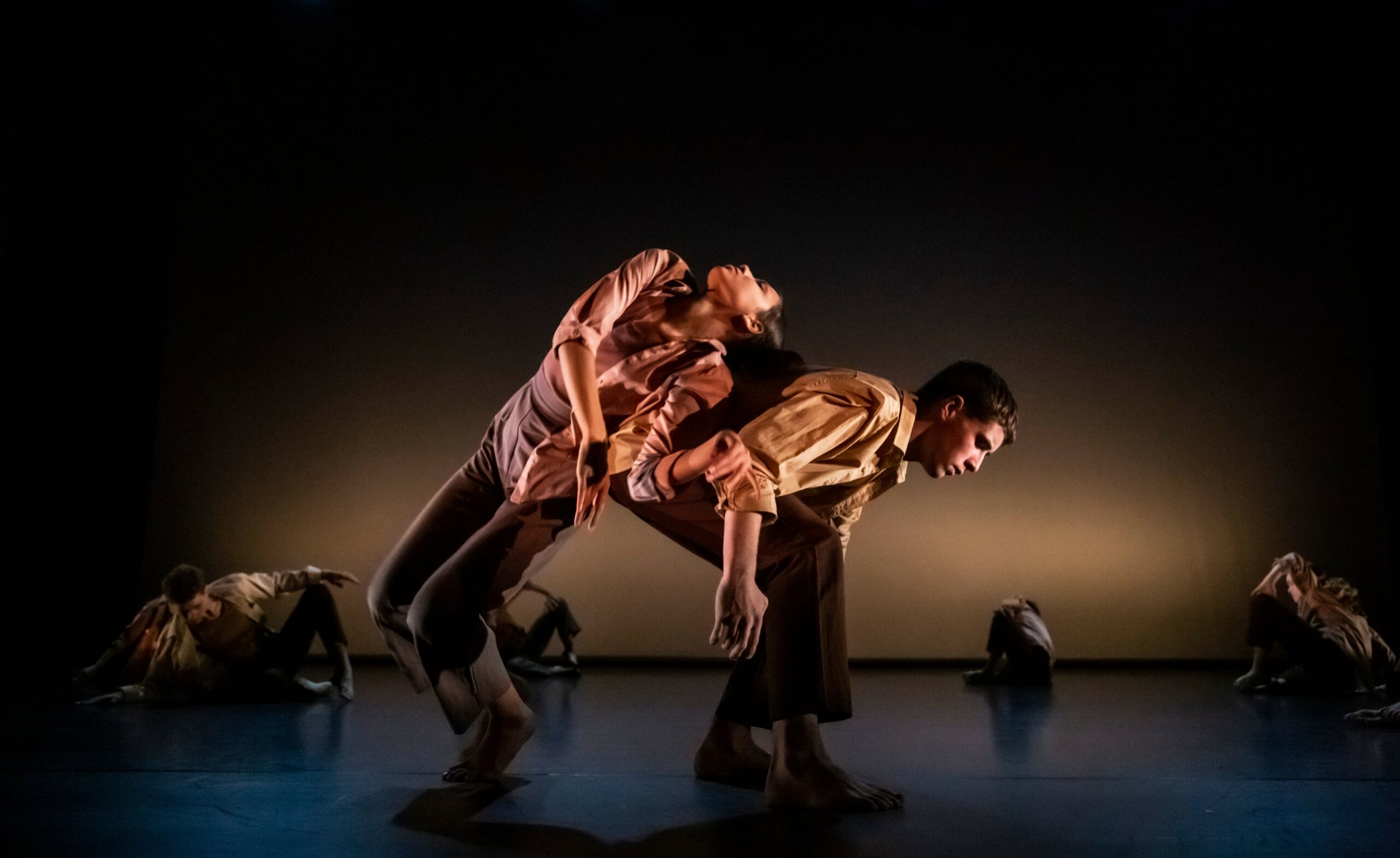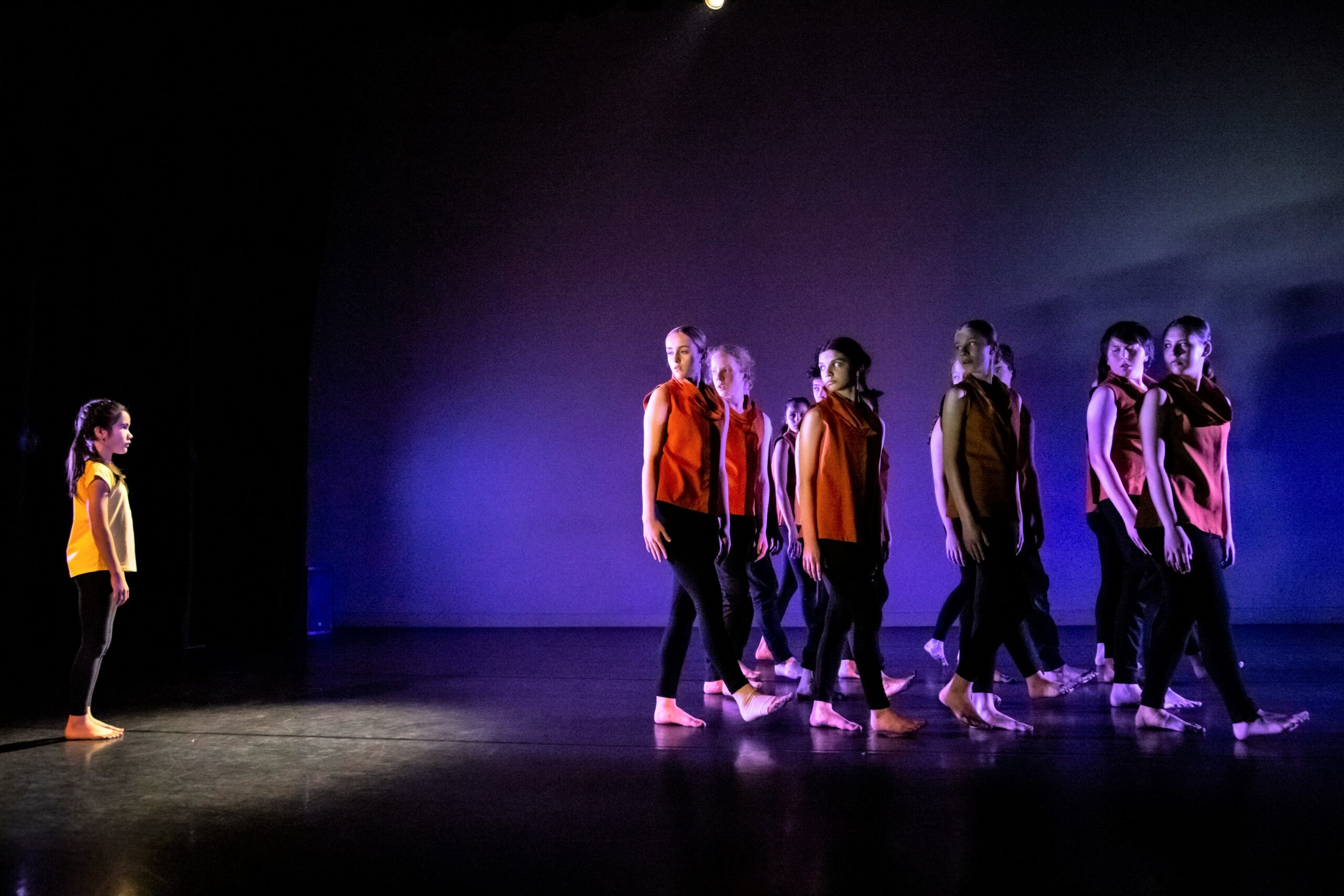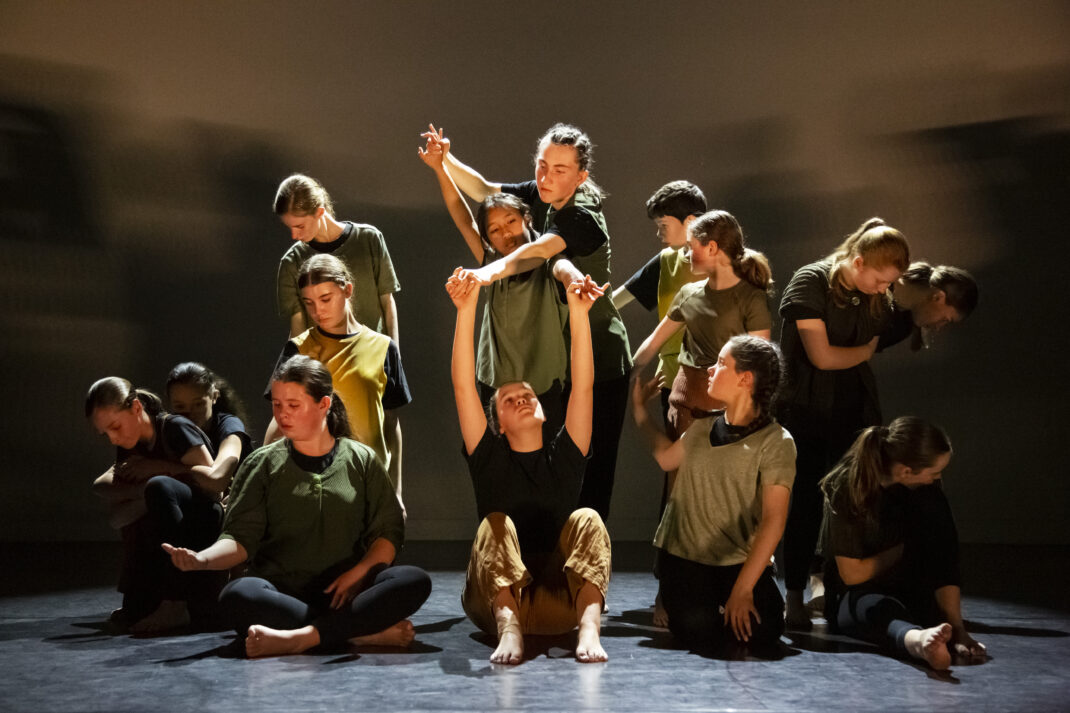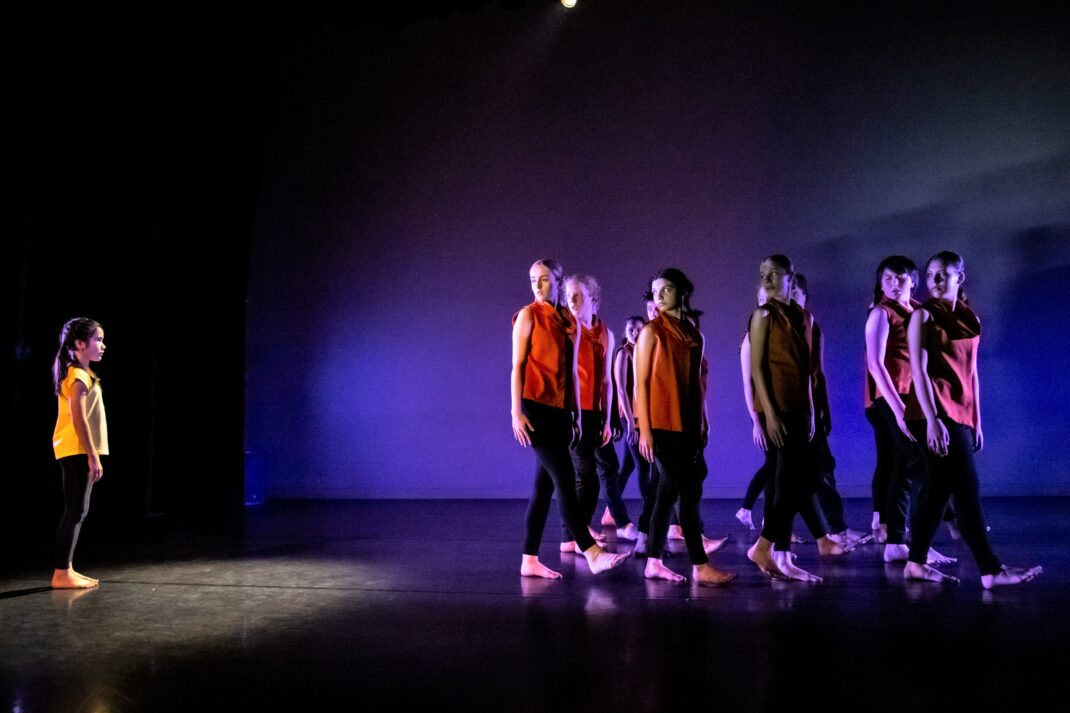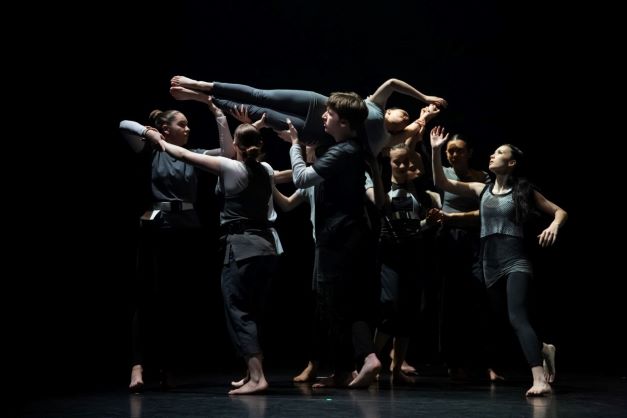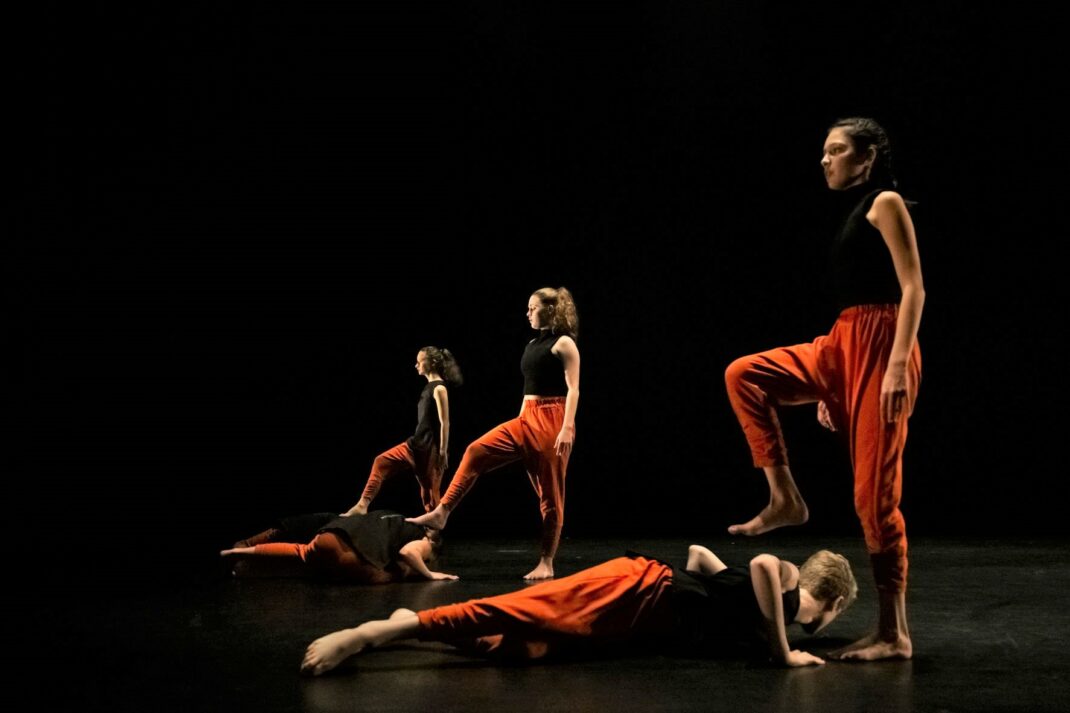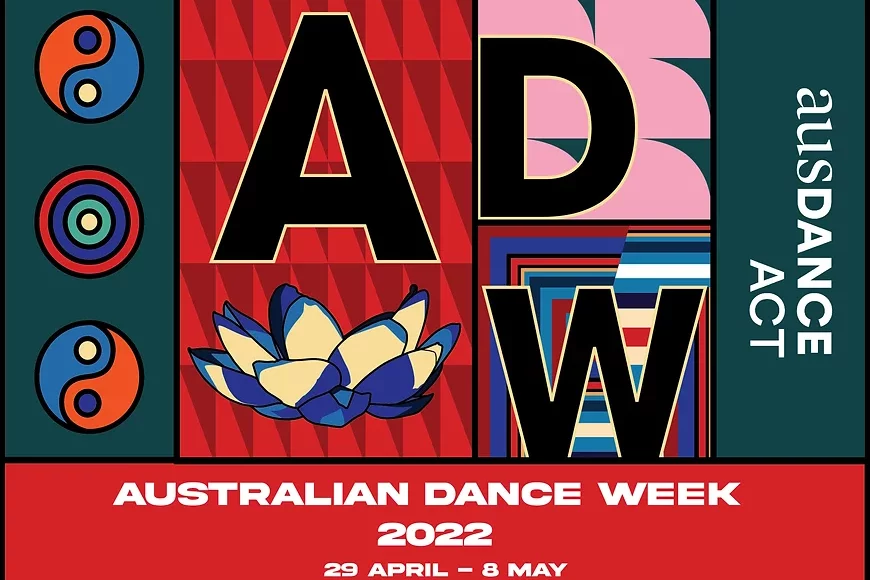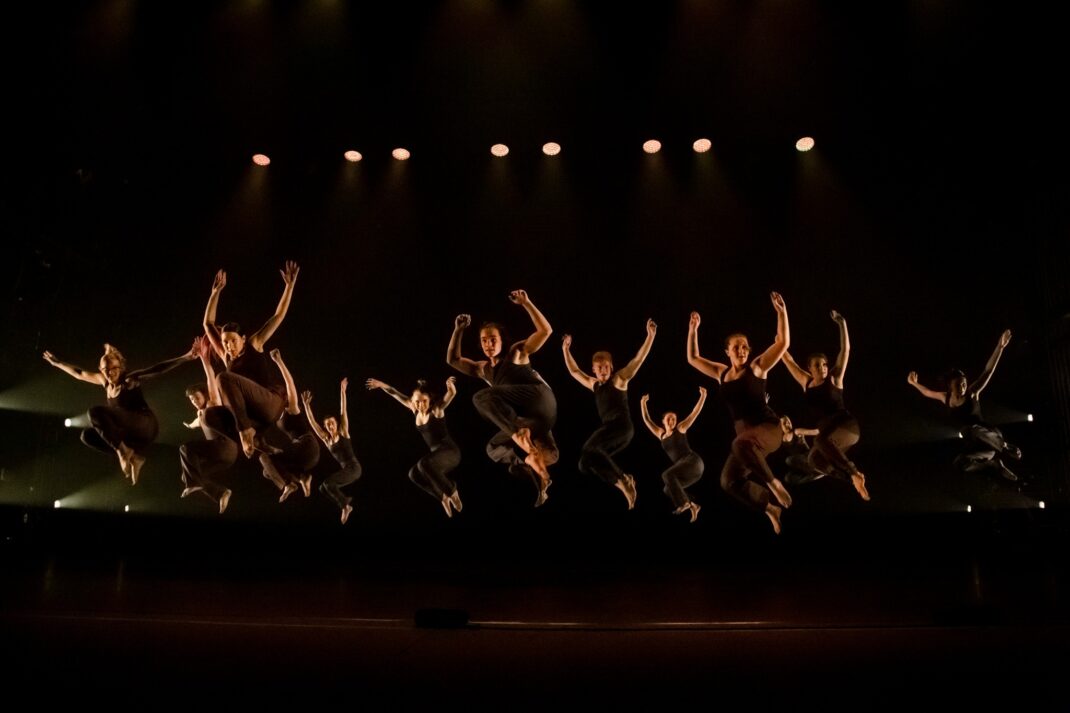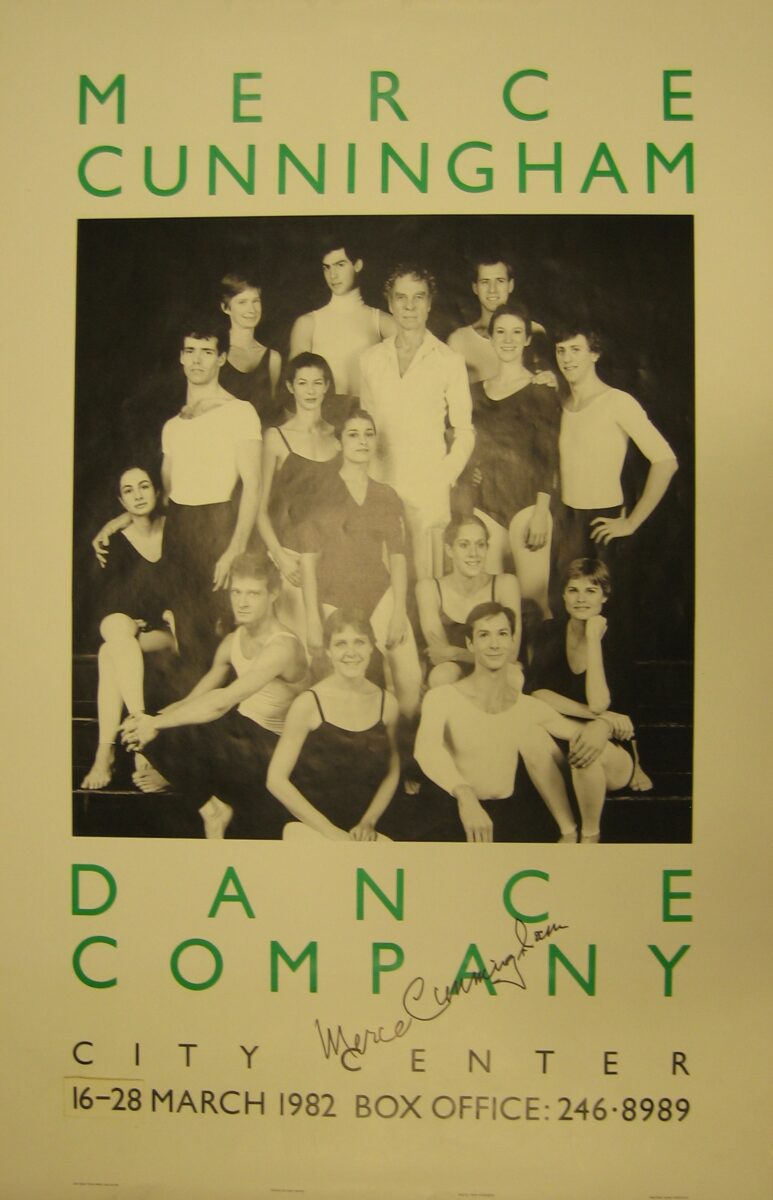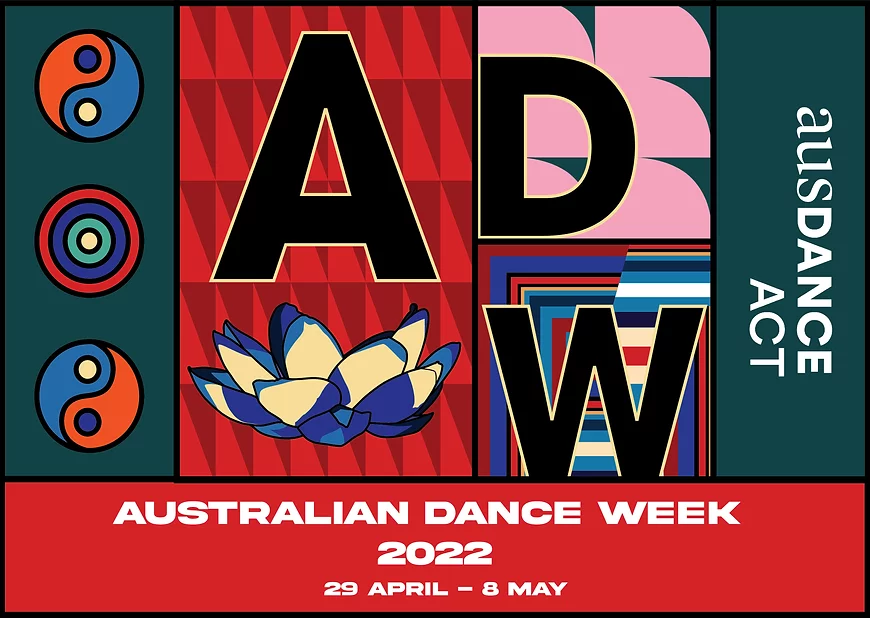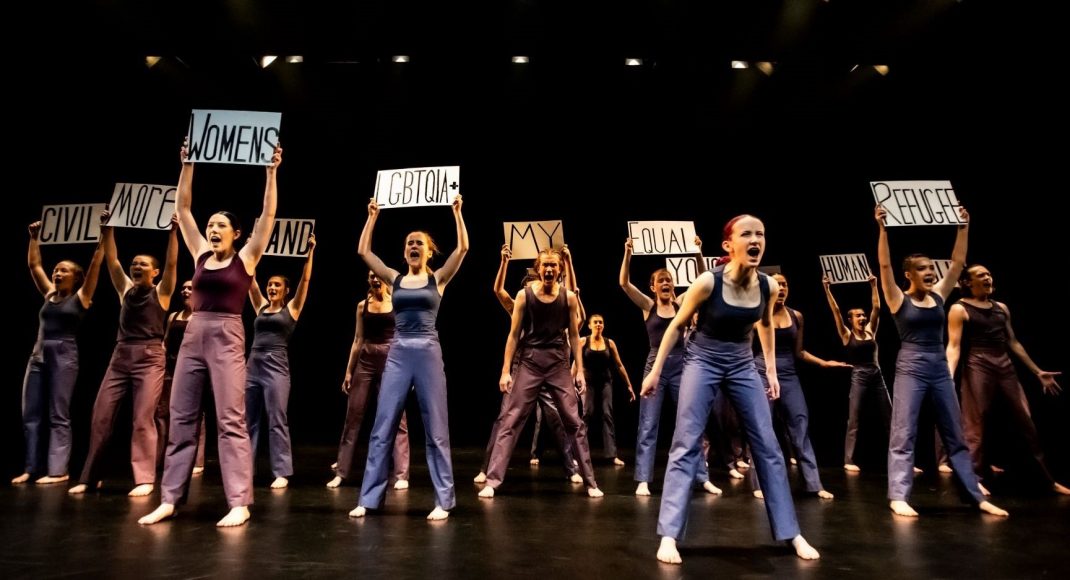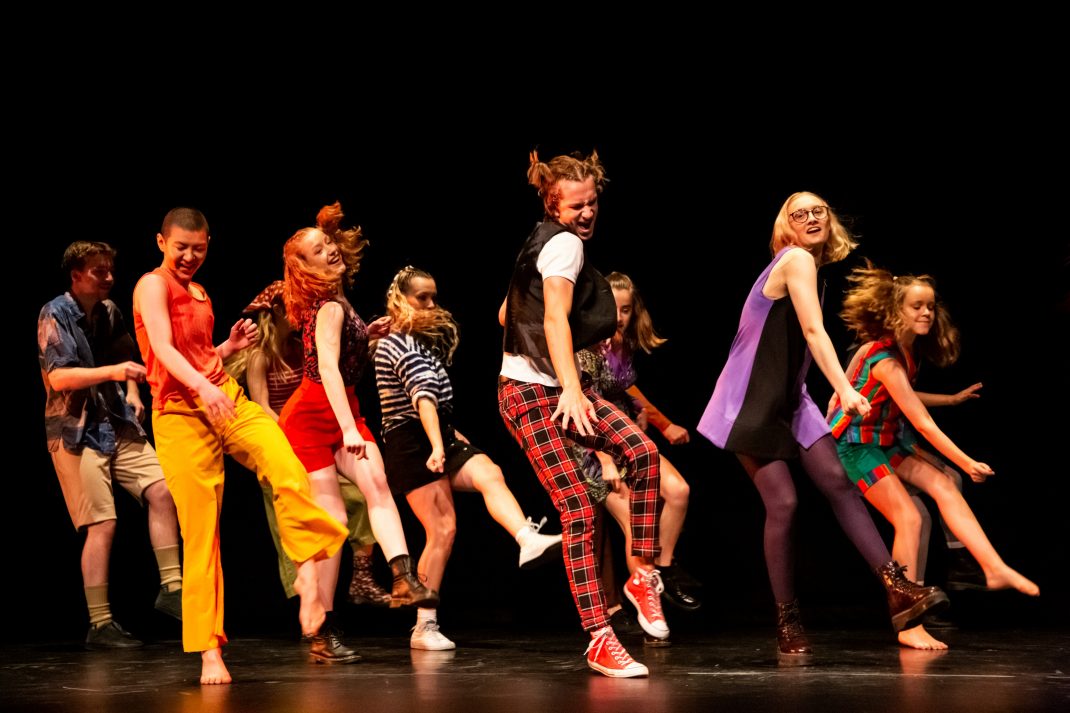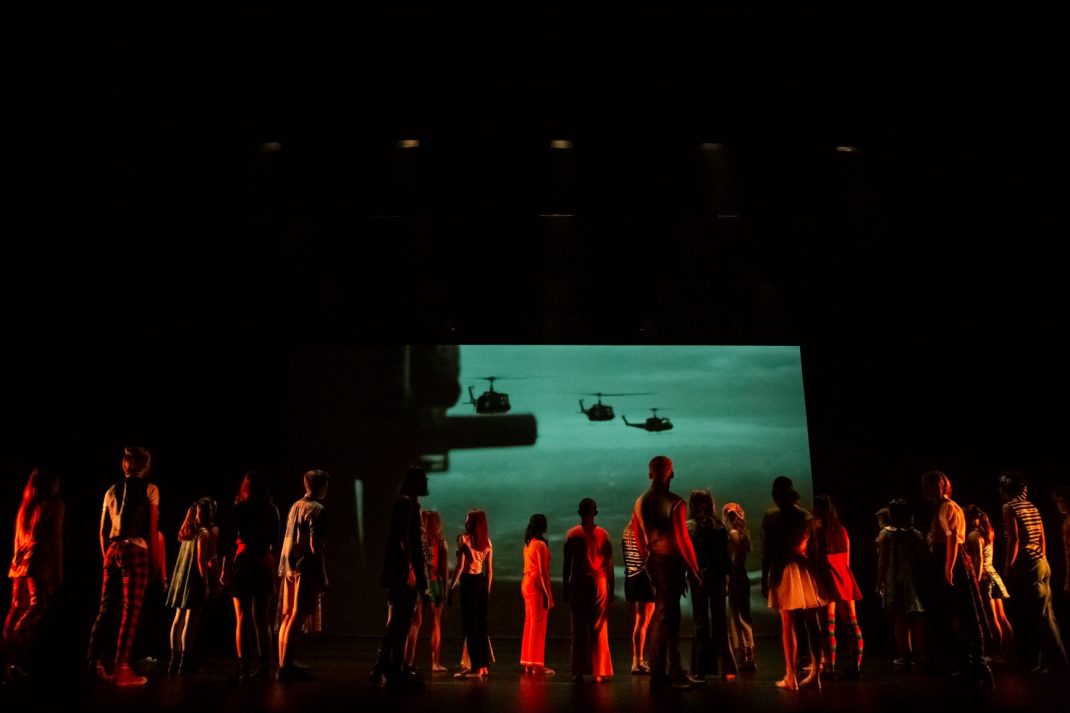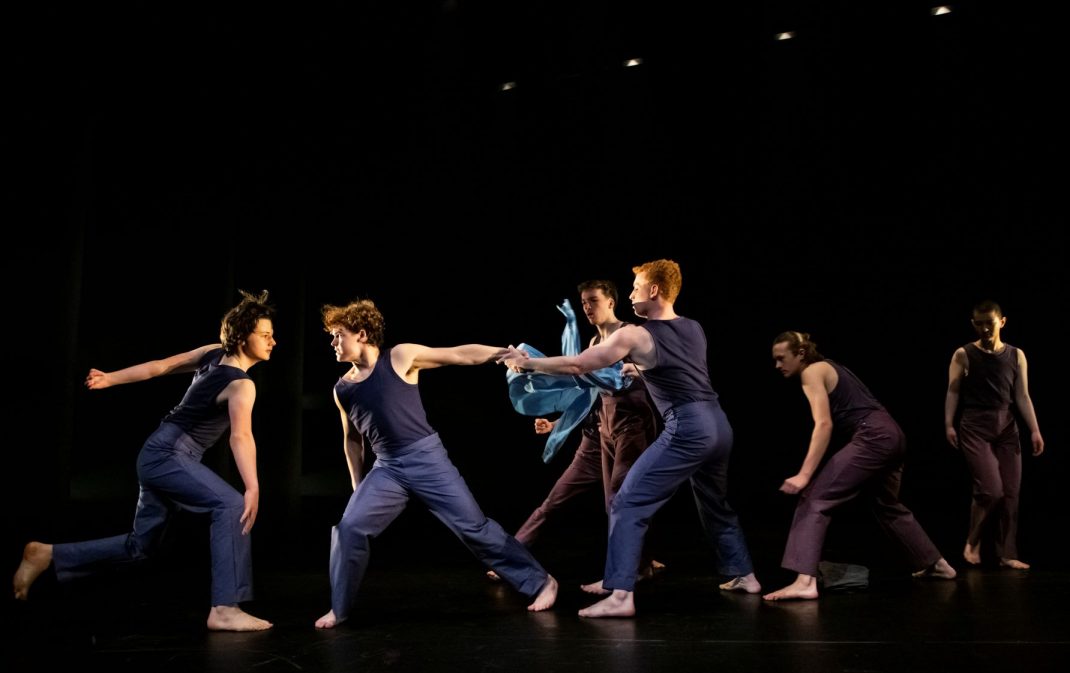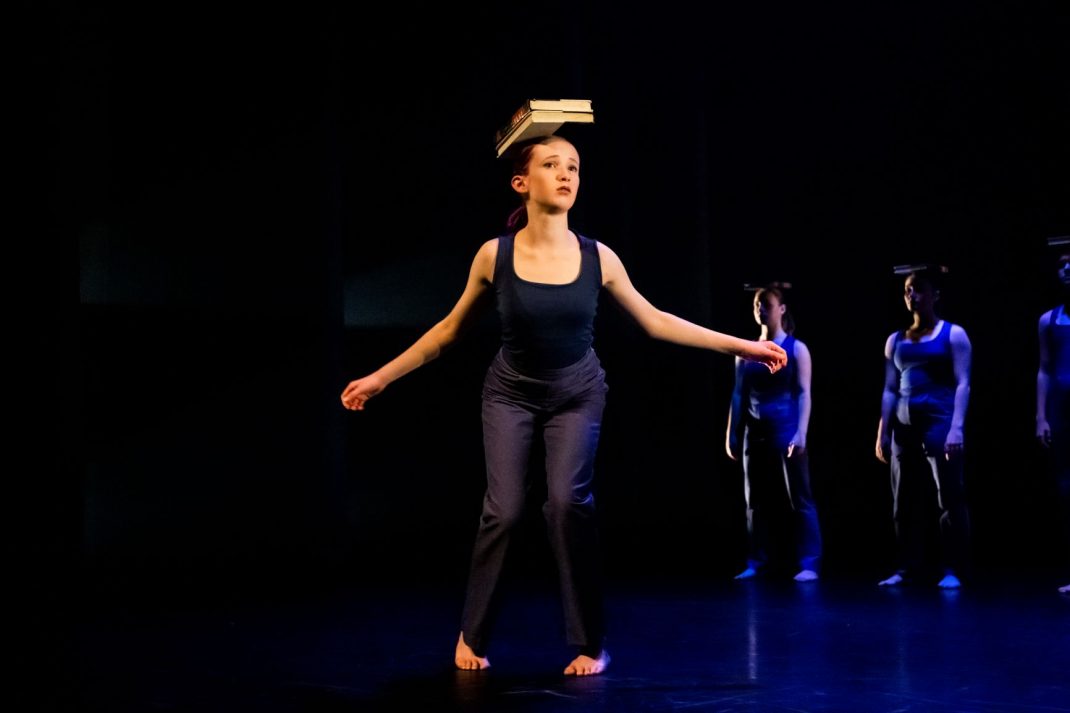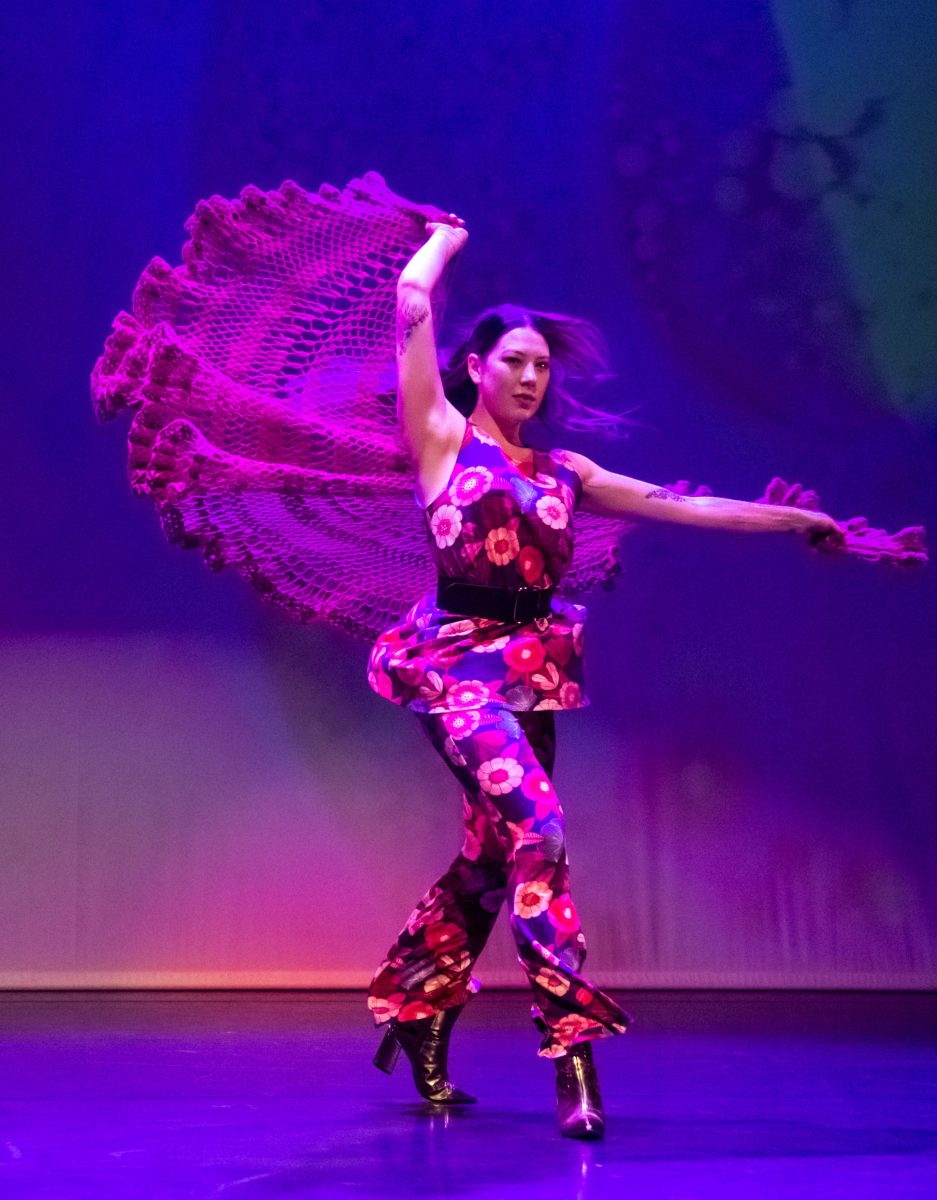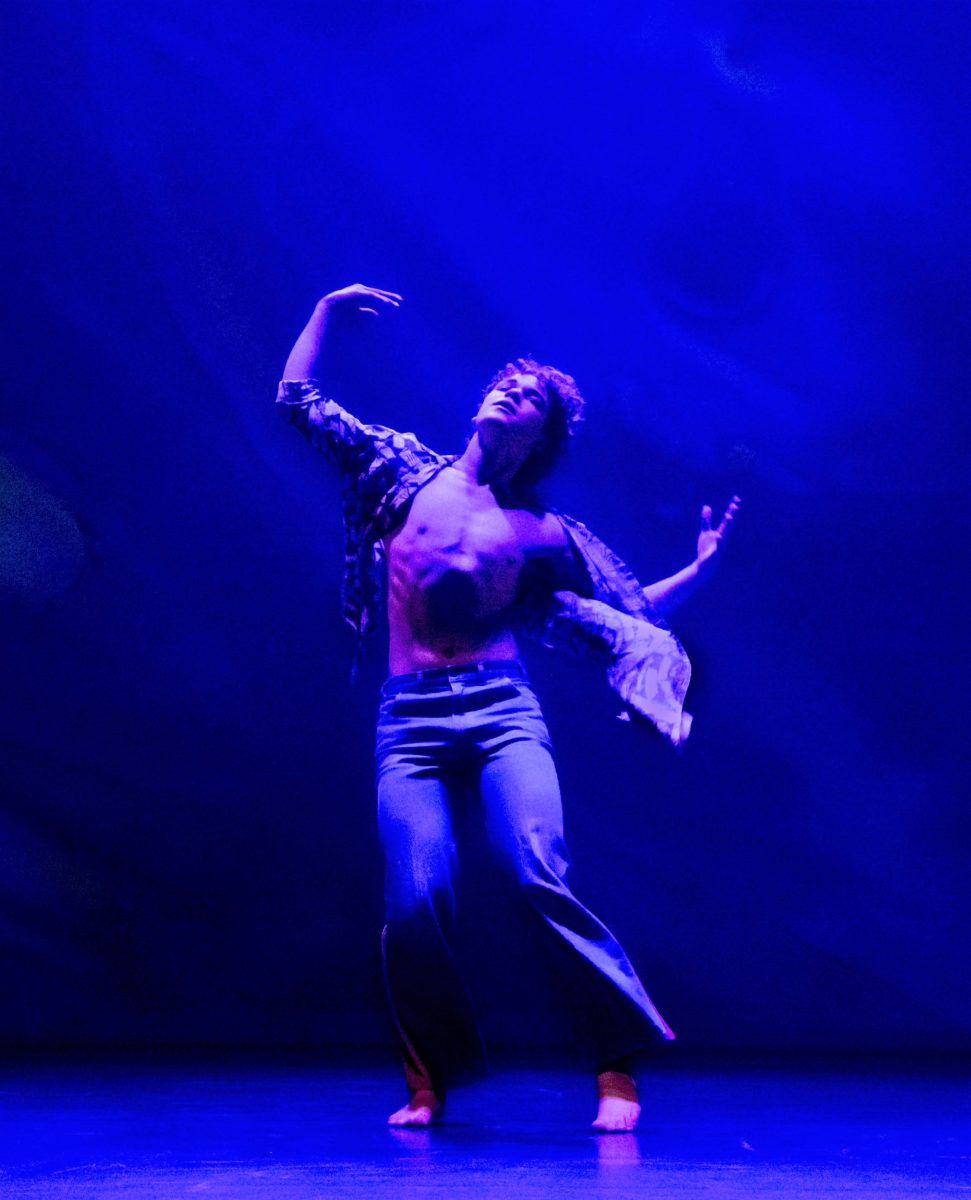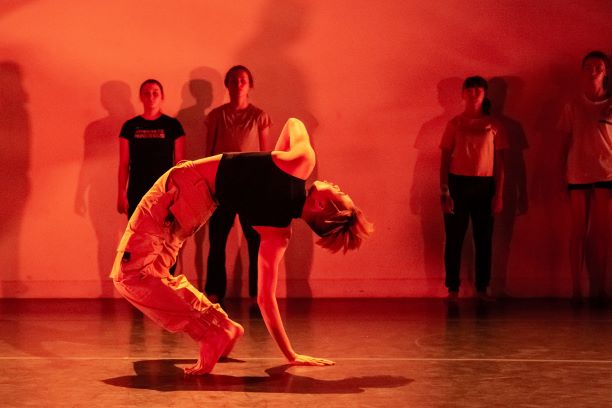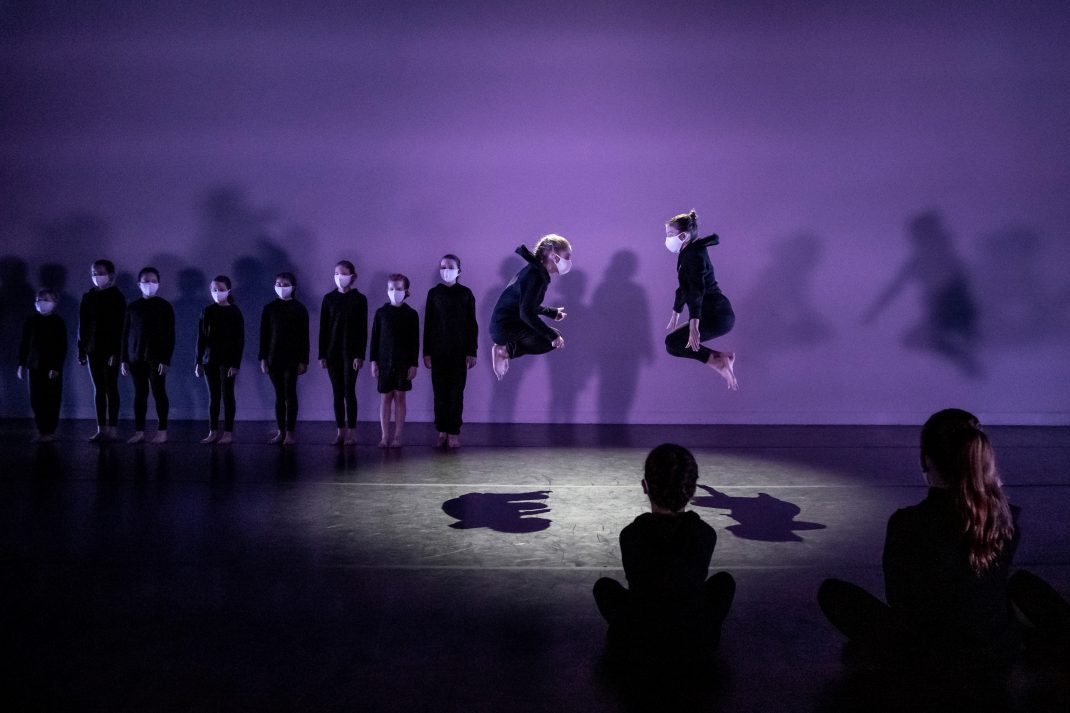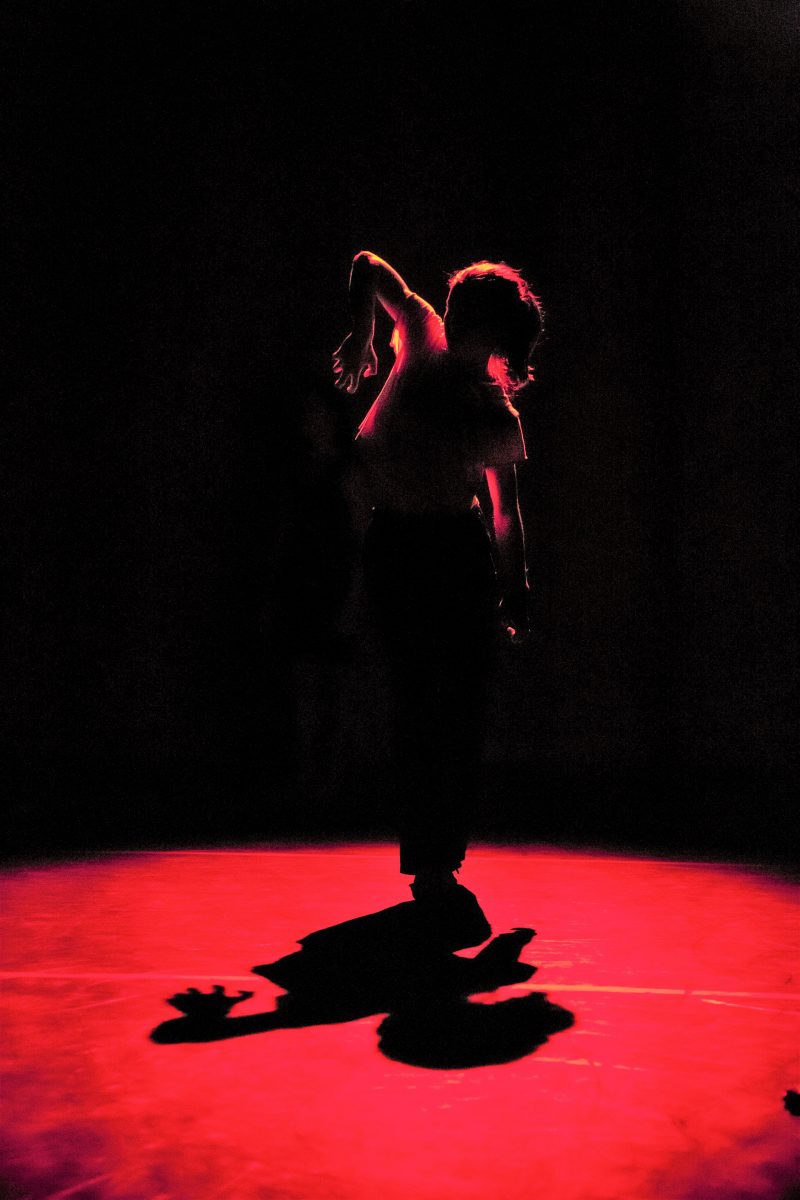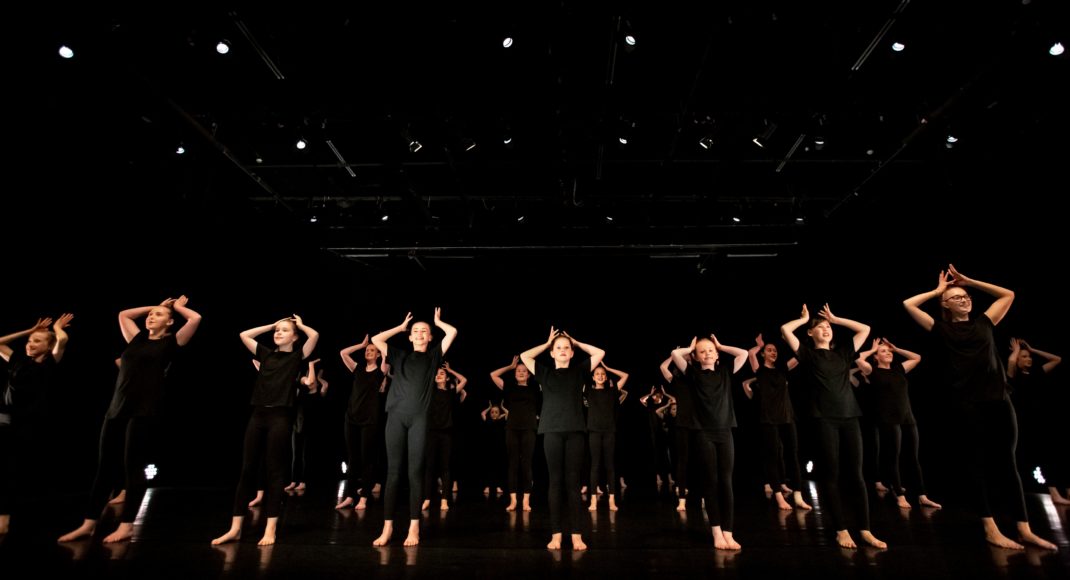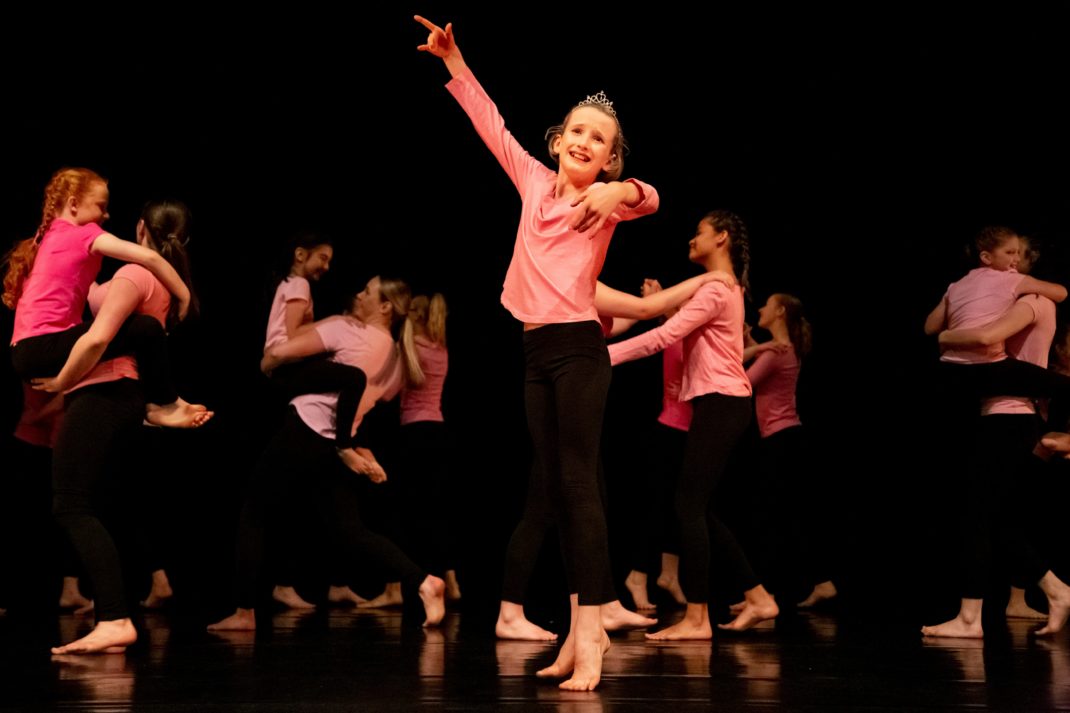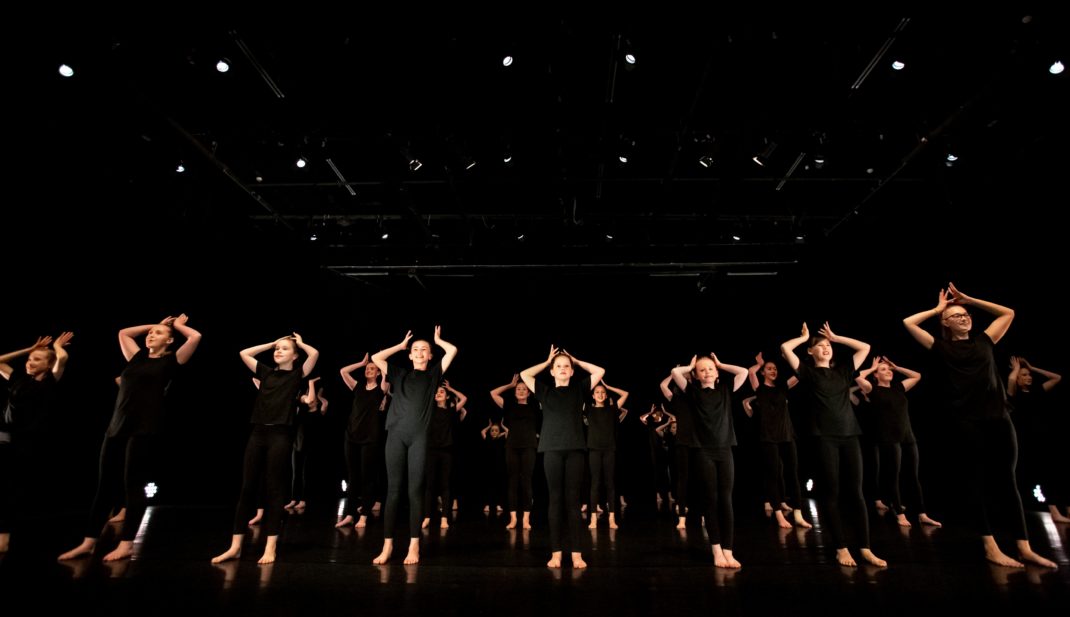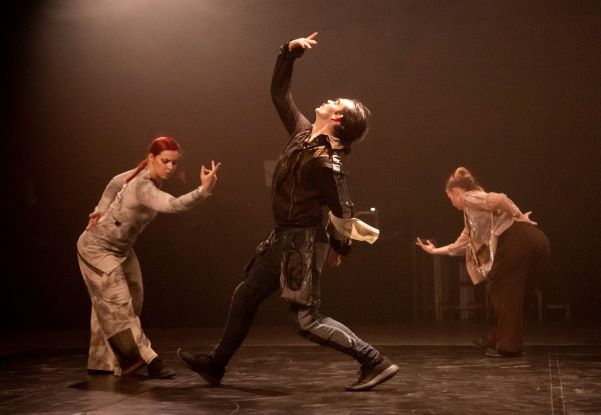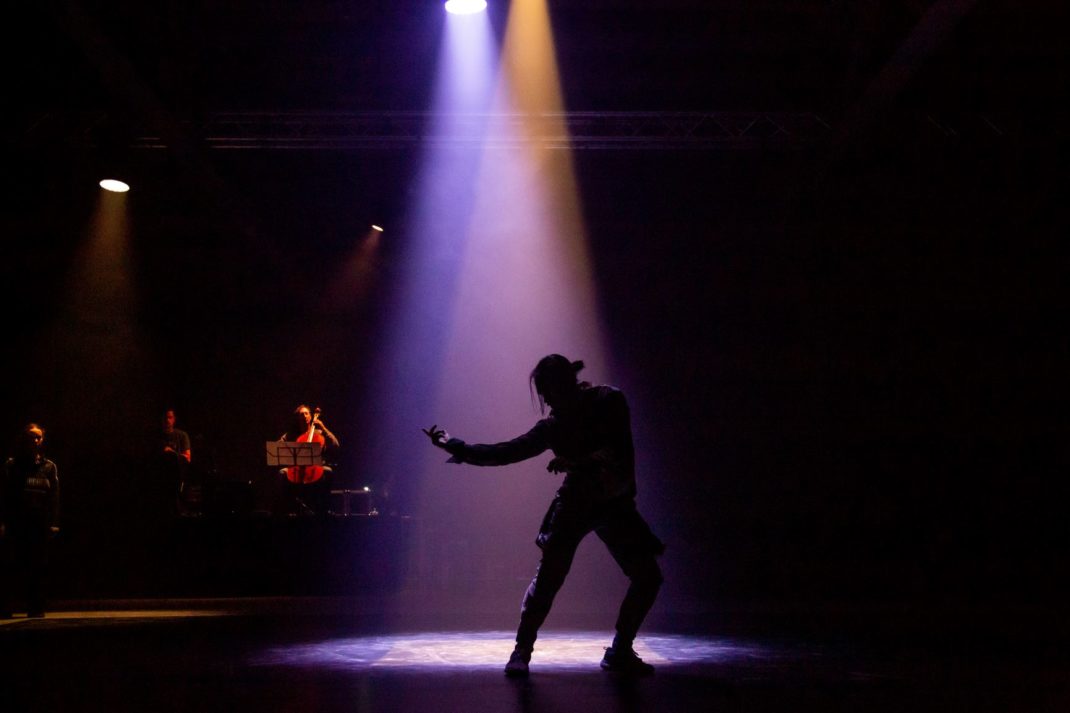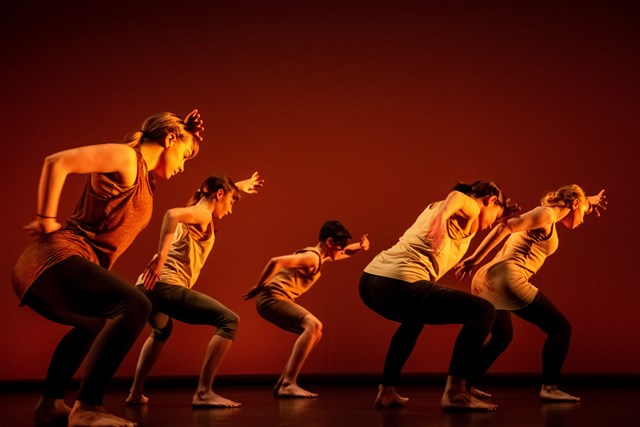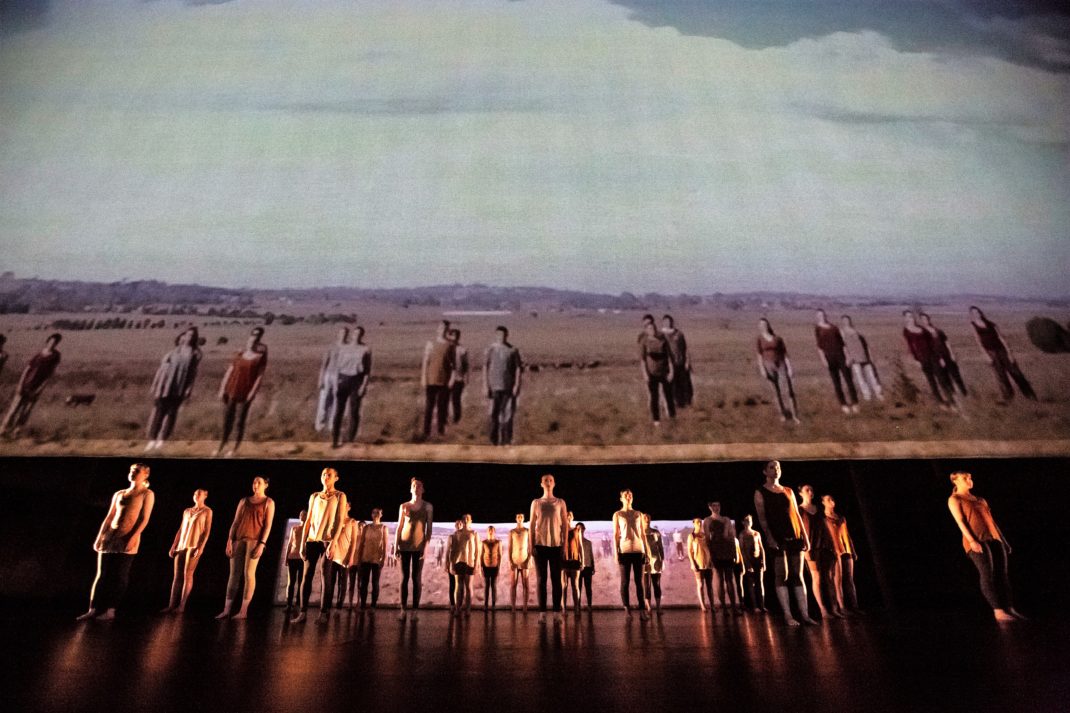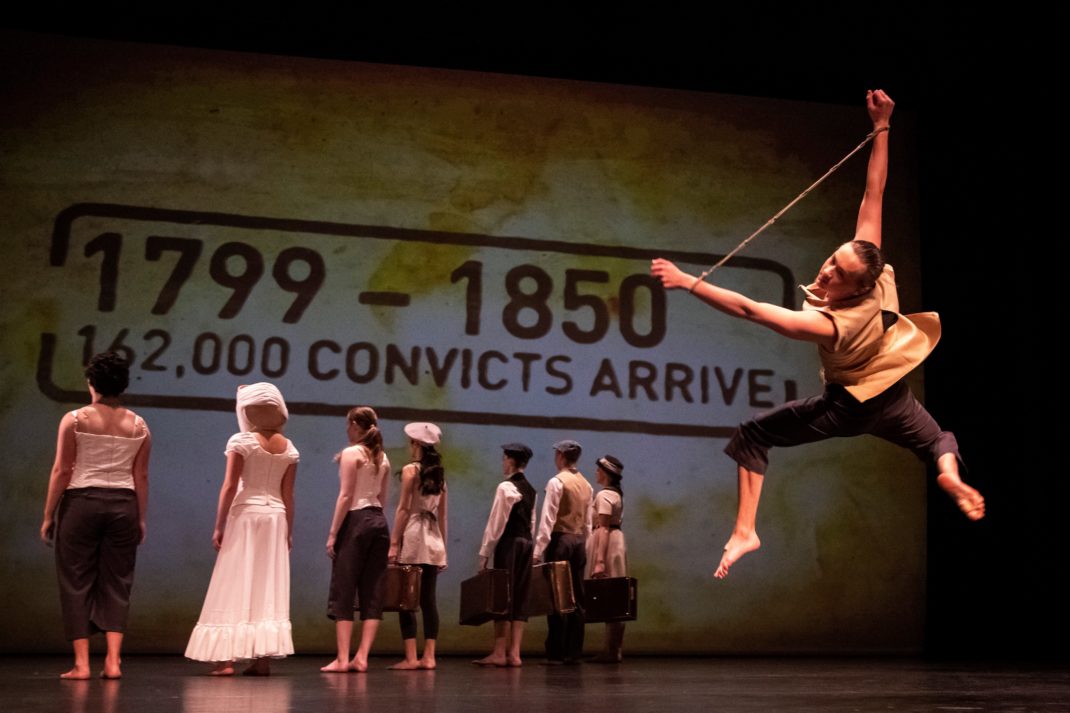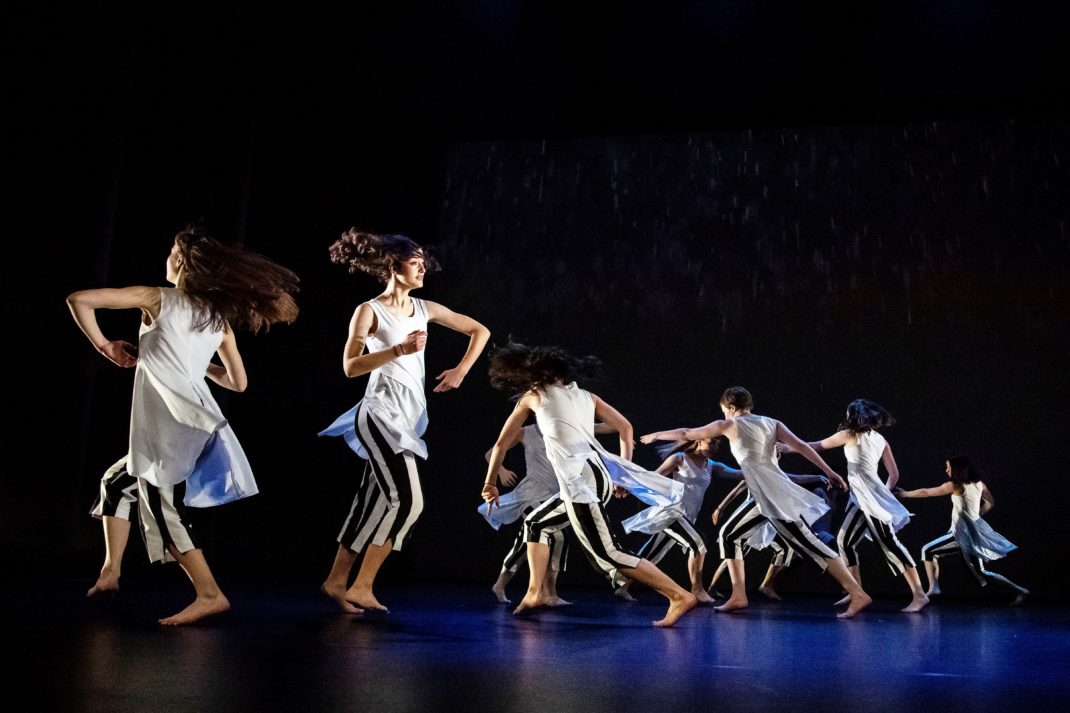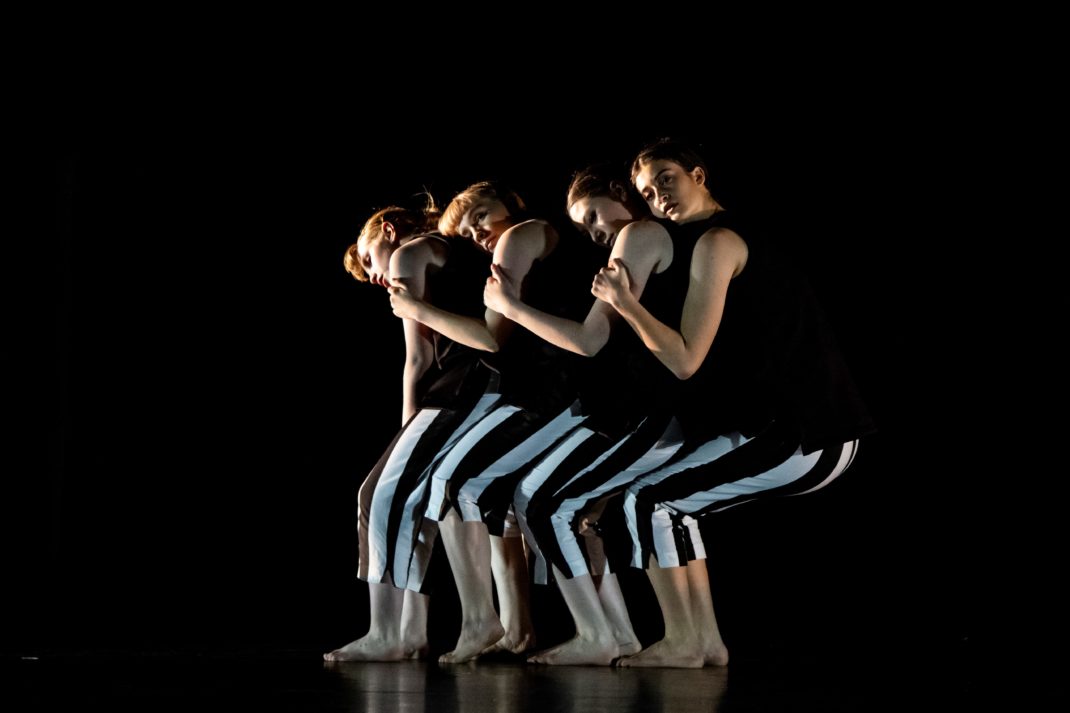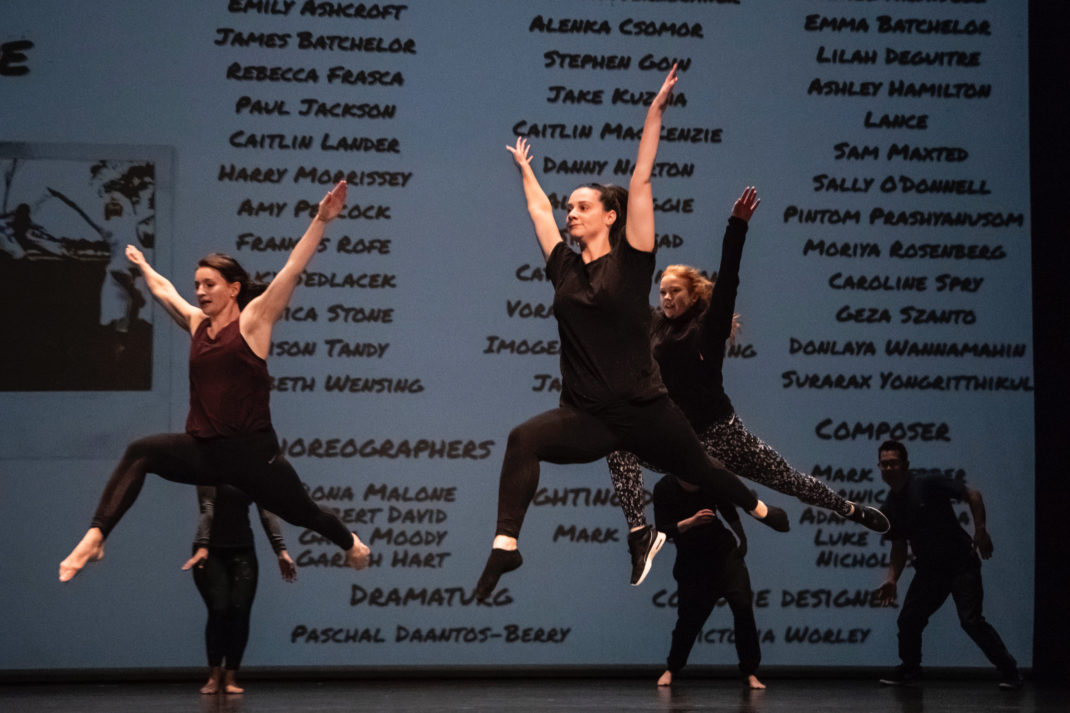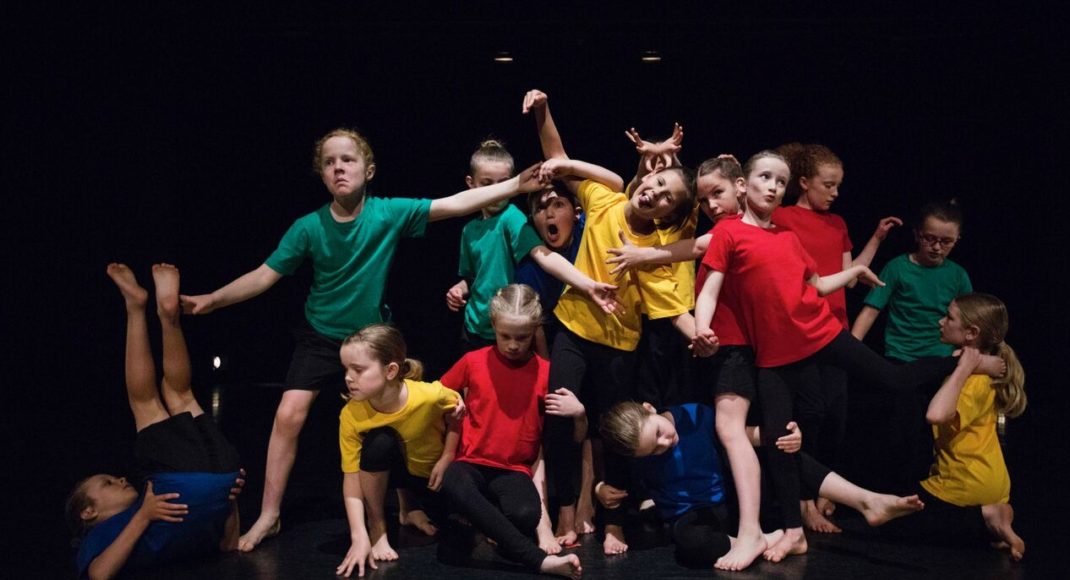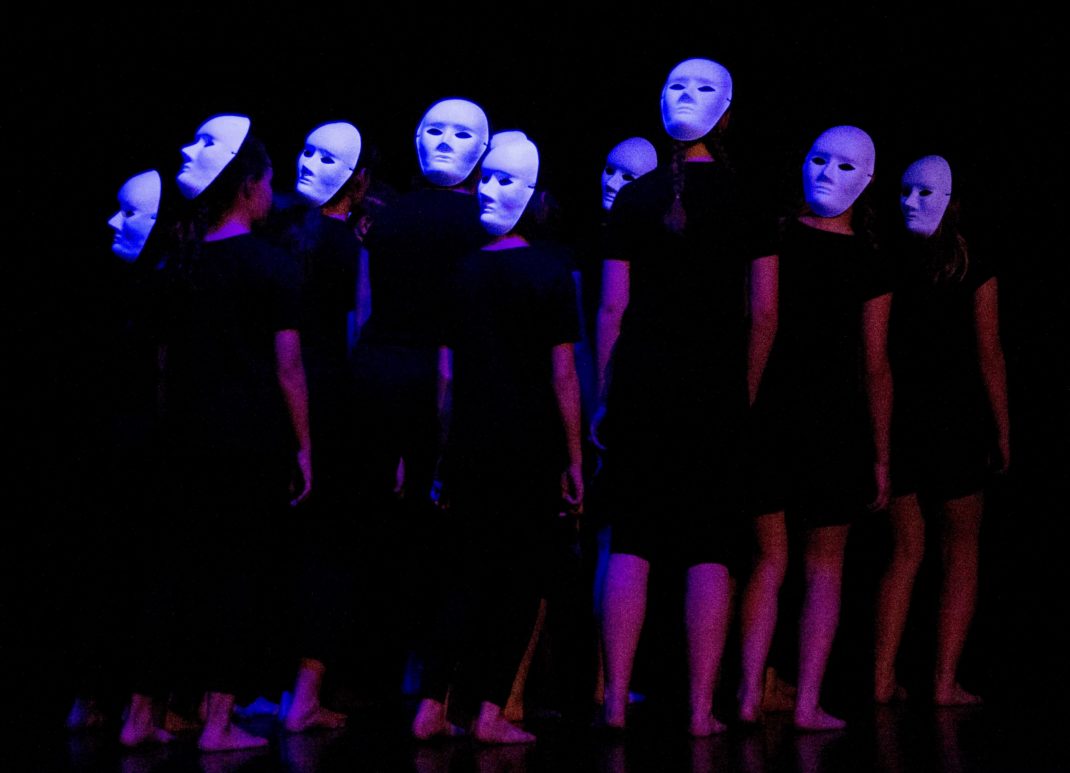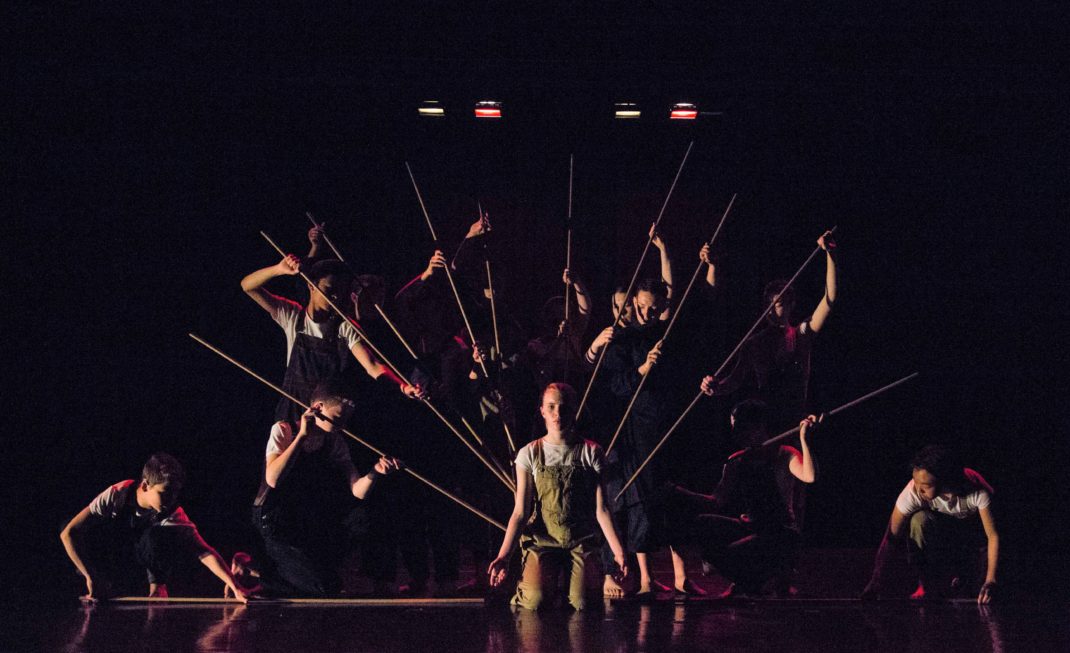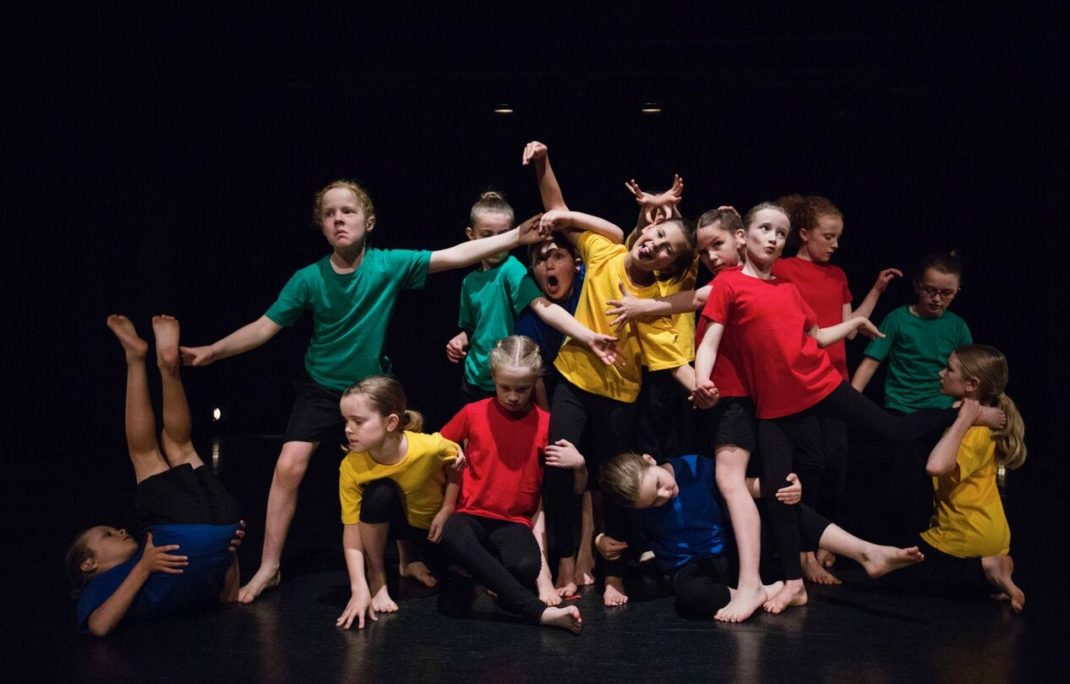18 May 2023. Playhouse, Canberra Theatre Centre
Communicate, the latest production from Canberra’s youth group, Quantum Leap, gave me something of a jolt. There were, for example, a few changes to the structure we usually see from the group. But more than that, this current group of dancers aged from 13 to 23, who were joined for this production by 8 dancers from Bangkok, gave a show that often had a strongly professional look about it, more so than usual. Quantum Leap’s production values have always been high and have come from choreographers, designers, composers, film makers, stage managers, and others who are professionals in their field. But with Communicate the company surpassed itself with a high standard of dancing along with the excellent input we have come to expect from the various collaborators. Occasionally I forgot entirely that the dancers were still developing the skills they need to move into a professional company.
The program, which examined various aspects of how we communicate and interact with each other, was made up of three sections. The first, Holding Space, came from choreographer Alice Lee Holland currently working in Townsville with Dance North. The second, Echo Chamber, was the work of Kyall Shanks, artistic director of the Tasmanian youth company Yellow Wheel. The third, Shared Language, began with a work, choreographed by Lordfai Navinda Pachimsawat creative director of Bangkok Dance Academy, and made in Bangkok on 8 Thai dancers. But this third section was extended once in Australia into two further developments in which Thai and Australian dancers engaged with each other in a variety of ways. These developments had choreography by Ruth Osborne assisted by Steve Gow. In all cases input from the dancers was acknowledged and this method of working is an essential component of any Quantum Leap program.
While each work had its own special aspects, there were some exceptional solo moments that were absolute highlights. It was a thrill to watch as tiny details of placement of various parts of the body were given a focus, and when an emotionally dramatic aspect of the work was physically highlighted. No one held back!
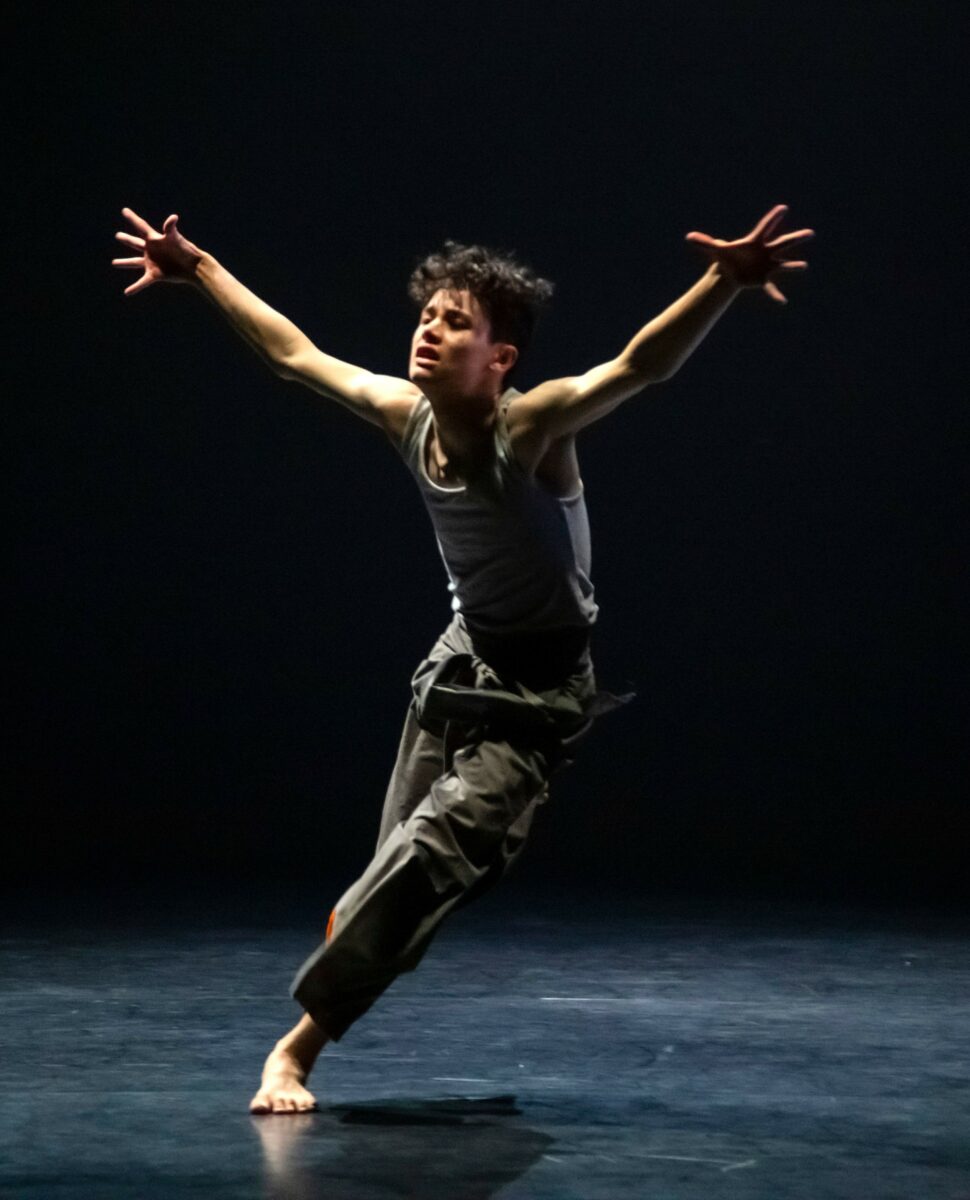
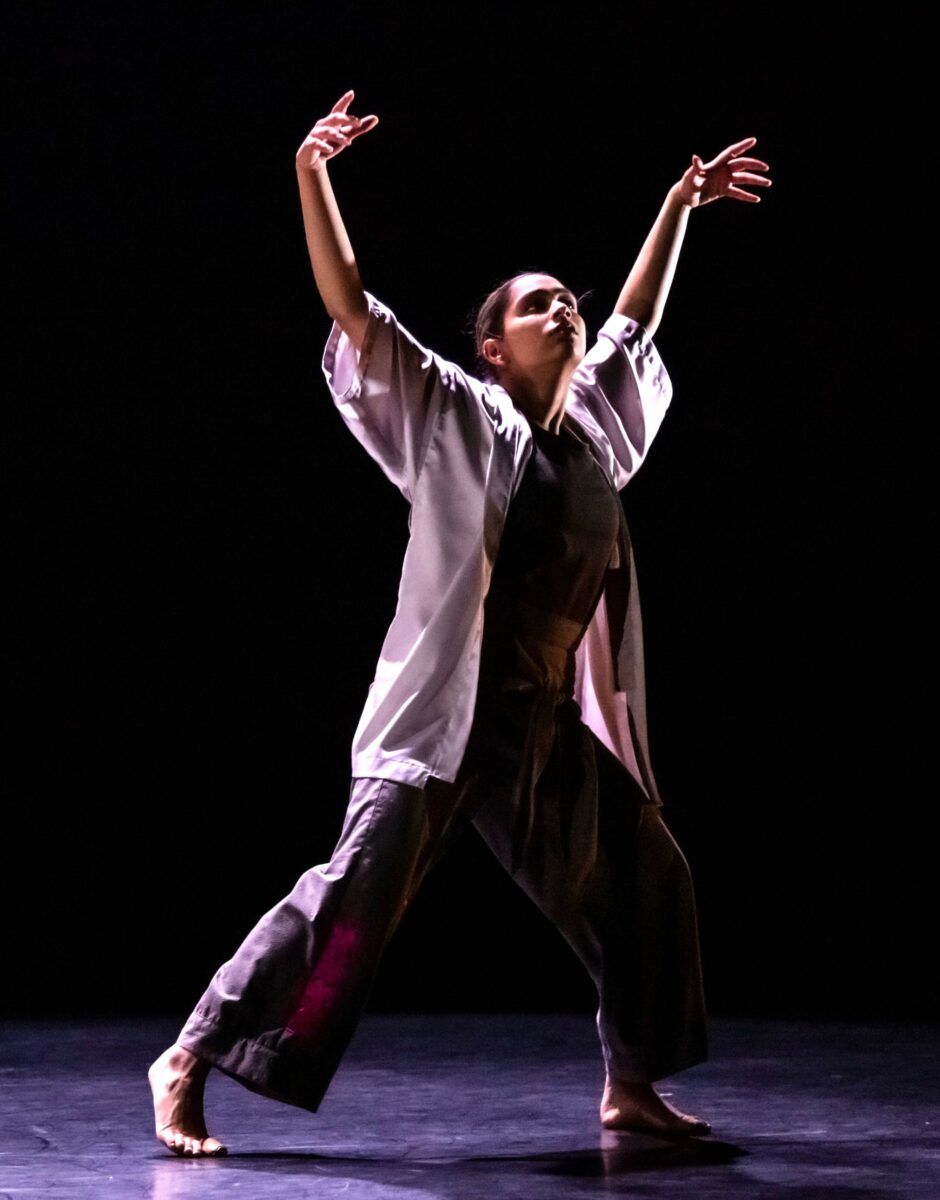
The contingent from Bangkok began their section in a very individual way—brightly and distinctively dressed and also more or less going their separate ways in a movement sense.
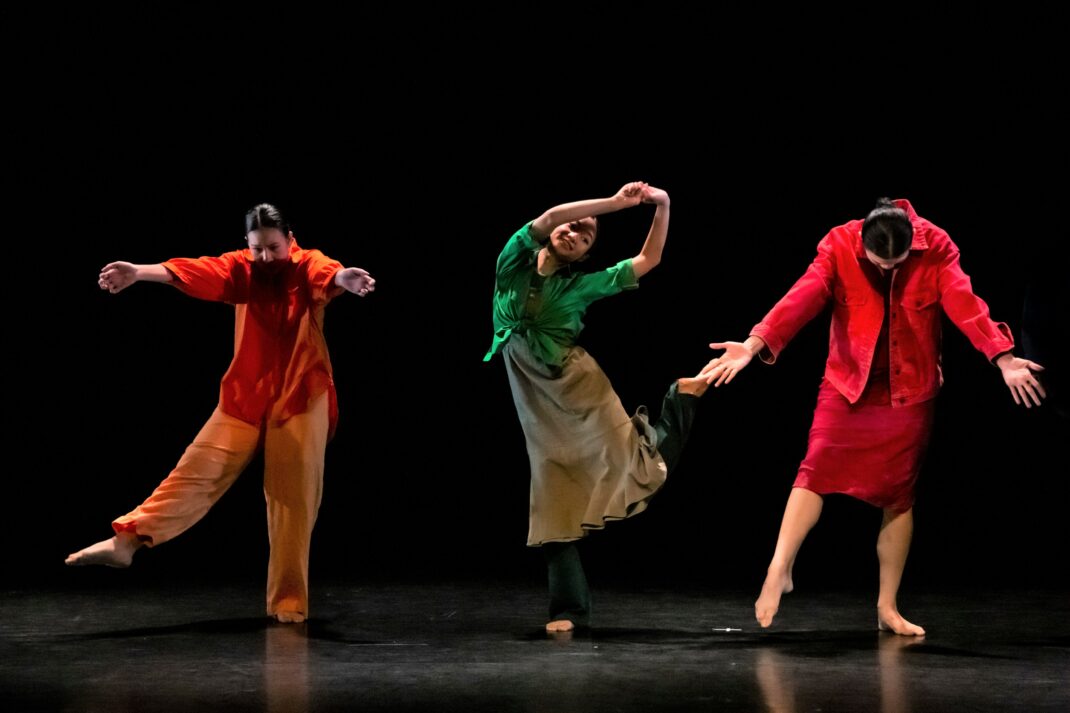
But those outer clothes were soon removed to reveal outfits that were more sombre and lacking that individuality. By removing those rather extravagant clothes, the dancers revealed themselves as beings with a shared humanity and they began working closely together in a movement sense. They formed various group patterns, often with arms joined, often moving in undulating patterns. In many respects, this aspect of the choreography reminded me of some of Graeme Murphy’s approaches, and even further back to the choreography of Bronislave Nijinska.
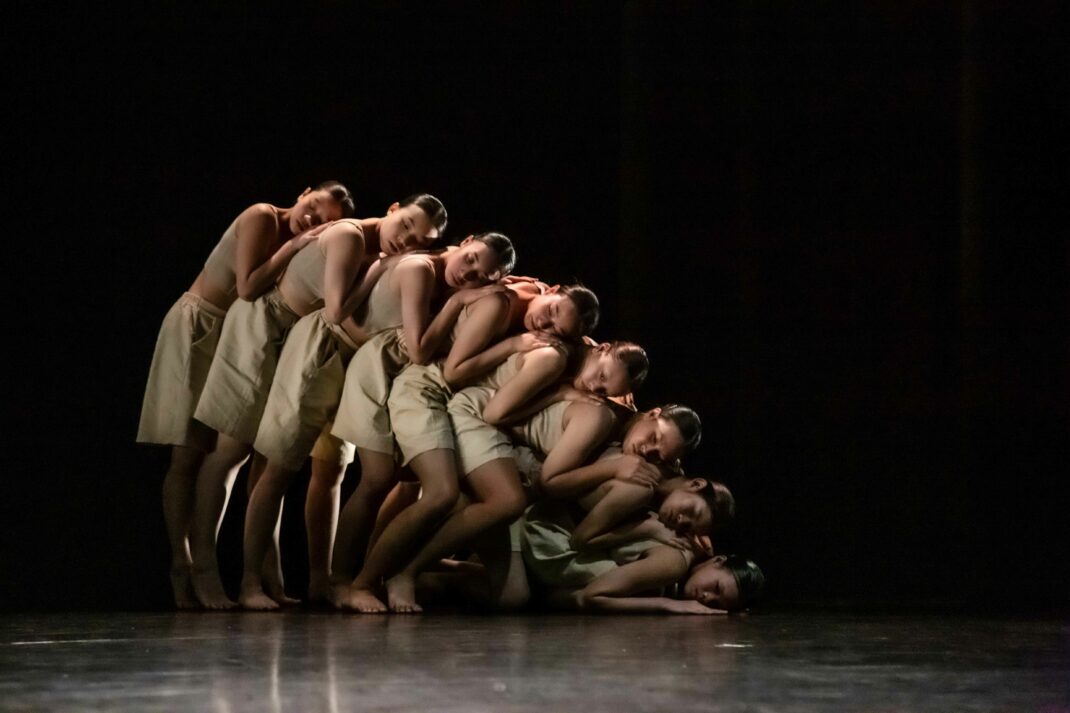
But this section eventually morphed into wider issues of sharing life and dance with others, and eventually we saw all 28 dancers working together.
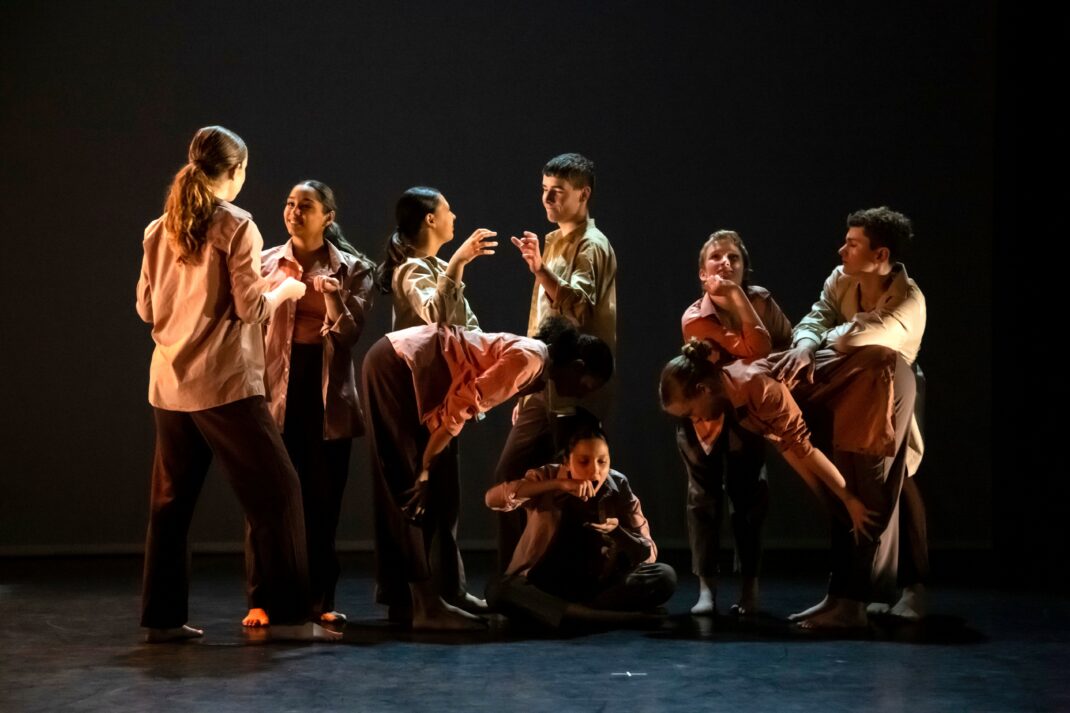
Going back to the changes in structure mentioned earlier, the most obvious one was that in Communicate each section was separated from the following one by a blackout. In previous Quantum Leap programs the various sections, while still separate pieces, followed on from each other without a break but with a carefully choreographed end to one and beginning of the next. This arrangement was always a beautifully fluid transition and had become an expected part of Quantum Leap programs. So the change was a shock, although perhaps this change moves Quantum Leap into a more regular, or usual arrangement as followed by professional companies?
Overall, this program had been beautifully rehearsed and was mostly impeccably performed. The focus on communication was highlighted in a diverse manner across the production and Communicate was a delight to watch and a credit to all those involved.
Quantum Leap is a significant addition to the dance scene in Canberra and a list of ‘some alumni’ who have begun their careers as Quantum Leapers (listed in the printed program) is quite astonishing. They include (if I have to limit myself to just two} Daniel Riley now directing Australian Dance Theare, and James Batchelor with a major international career as a choreographer.
Michelle Potter, 19 May 2023
All photos: © Lorna Sim
